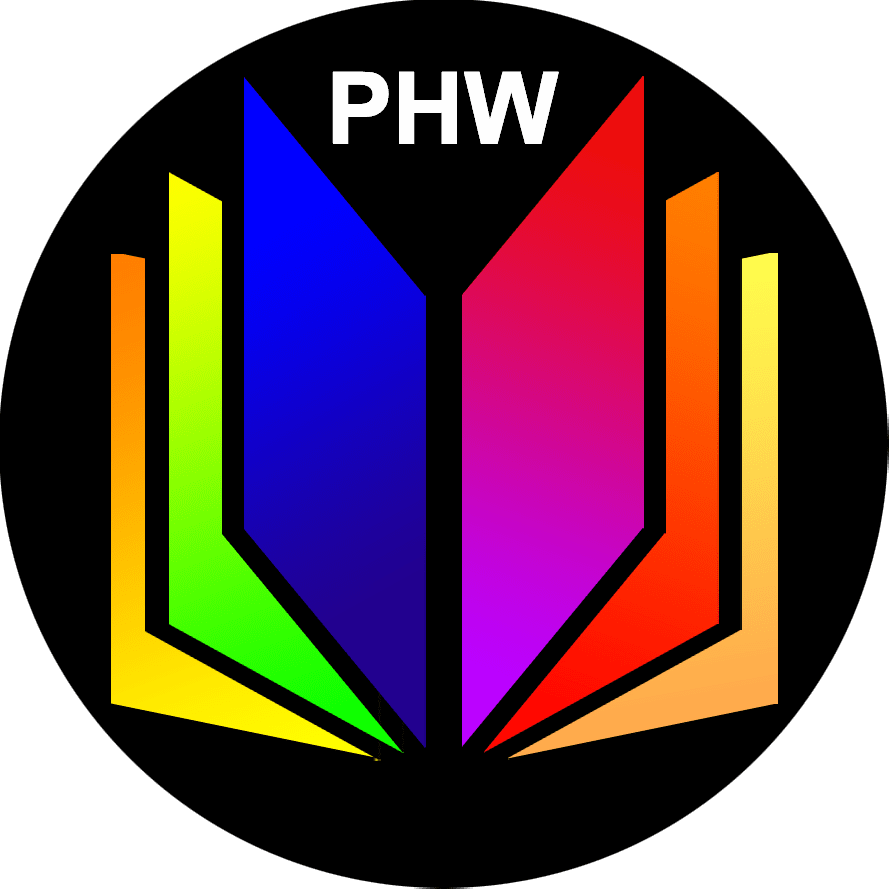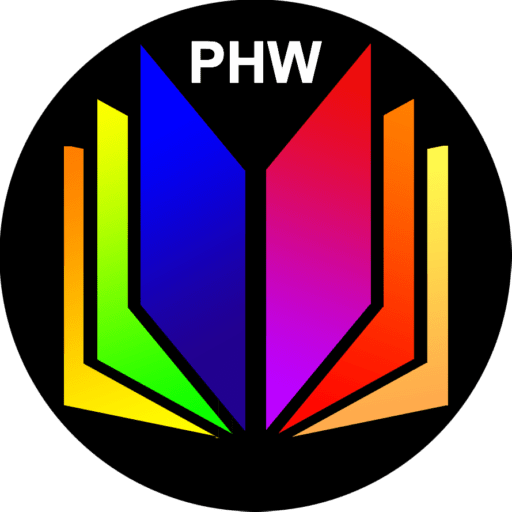In the lifecycle of a book, from the initial spark of an idea to the final product gracing the shelves, there is one role that often gets overshadowed yet remains crucial—the author as editor. This phase of self-editing is where a writer dons a different hat, shifting from creator to critic. This essential transition involves refining the work, revising drafts, improving clarity, and ensuring consistency, ultimately elevating the manuscript before it ever reaches a professional editor’s desk.
Initial Self-Editing: The First Sweep
The first step in self-editing involves the author stepping back and reading their work with fresh eyes. This can be challenging, as it requires a shift from a creative mindset to a more analytical one. Initial self-editing aims to identify obvious flaws in the storyline, structure, character development, and pacing. It’s about looking at the big picture and ensuring the narrative flows logically and engagingly.
Refining and Revising: Digging Deeper
Once the overarching issues are addressed, the next layer of self-editing involves a more detailed examination. This is where authors refine their language to improve clarity and style. They prune verbose prose, clarify ambiguous sentences, and replace jargon with clear, concise language. This stage often requires several iterations, each focusing on different elements like dialogue, setting descriptions, and action sequences.
Consistency and Continuity: Keeping It All Together
A critical aspect of author as editor is ensuring consistency in the narrative. This includes maintaining consistent character traits and voices, ensuring timeline accuracy, and checking for continuity errors (like a character who has blue eyes in chapter one and green in chapter five). Authors need to keep meticulous notes on various story elements to prevent such discrepancies, which can distract readers and undermine the story’s believability.
Going Beyond the Basics: Advanced Self-Editing Techniques
Once the manuscript is polished for basic errors and inconsistencies, authors can take it a step further by employing advanced editing techniques. This includes:
- Voice and Tone Adjustment: Ensuring the narrative voice and tone are consistent throughout the book, adjusting them as necessary to enhance the overall impact of the story.
- Thematic Layering: Refining the themes of the work to ensure they are subtly woven throughout the narrative without being overly explicit.
- Symbolic Enrichment: Adding or refining symbolism to add depth and resonance to the narrative, making the work richer and more meaningful.
Feedback Integration: The Role of Beta Readers and Early Reviews
An often overlooked but invaluable step in the self-editing process is integrating feedback from beta readers and early reviewers. These preliminary audiences can offer fresh perspectives and point out issues the author might be too close to the project to see. This feedback is crucial for making final adjustments before sending the manuscript off to a professional editor.
The Final Polish: Preparing for Professional Eyes
The final phase of self-editing is preparing the manuscript for professional review. This means ensuring the document is clean, well-formatted, and as close to ‘publish-ready’ as possible. It’s about minimizing the need for basic corrections, allowing the professional editor to focus on deeper aspects of the work, such as enhancing the overall narrative arc, deepening character arcs, or improving thematic expressions.
Conclusion: The Author as Editor
The author as editor’s journey is not solely about crafting compelling narratives but also about mastering the art of self-editing. By taking on the dual role of creator and critic, authors not only improve their work but also grow in their craft, gaining insights that feed back into their creative process. This self-reflective cycle not only polishes the manuscript but also sharpens the author’s skills, making each subsequent book stronger and more compelling.
______________________________________
Related Entries:
Boosting LinkedIn Followers: Elevate Your Professional Network
Related Topics
Visit The Ridge Publishing Group at www.RidgePublishingGroup.com for additional content.

